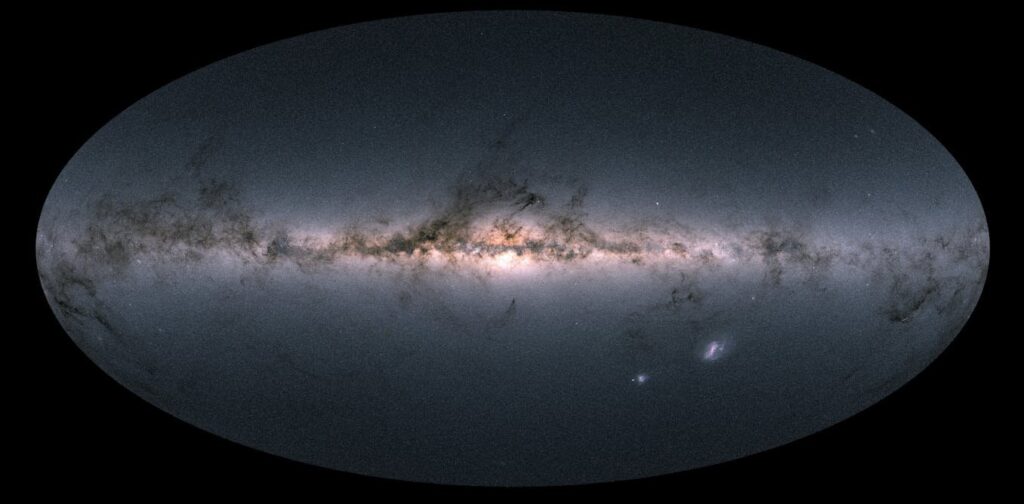× close
A full-sky view of the Milky Way taken by the European Space Agency’s Gaia Space Observatory. Credit: ESA/Gaia/DPAC
Imagine the embers of a campfire slowly dimming over time. That is the fate faced by most stars in the universe. When nuclear fuel is used up, 98 percent of stars, including the Sun, will eventually become white dwarfs. These small, dense debris are just cool downthe universe becomes increasingly dimmer as it ages.
Discovered by astronomers in 2019 white dwarf group Mysteriously, the cooling stopped. These “eternally young” stars maintain a nearly constant surface temperature for at least 8 billion years. This is an incredibly long period of time considering the existence of the universe. 13.8 billion years old.
Something is fueling these stars from within, but given that nuclear fuel sources have been depleted, scientists weren’t sure what kept them shining so brightly. . In our research, recently published Naturewe present a solution to this conundrum.
Use of information collected by European Space Agency’s Gaia Space ObservatoryResearchers have discovered that some white dwarfs have essentially stopped cooling.
By studying how white dwarfs are distributed as a function of temperature (from hot to cold) In Gaia data, astronomers noticed an accumulation of white dwarfs at intermediate temperatures. This shows that some white dwarfs spend more time at these intermediate temperatures, which is 8 billion years longer than thought.
stellar crystal
White dwarfs are strange.Ingredients from just 1 teaspoon of wick It weighs several tons. At such extreme densities, matter can behave strangely. The interior of a white dwarf is millions of degrees hotter, but dense enough that it can freeze into a solid state. Forms crystals from carbon, oxygen, and other elements present inside.
The formation of these crystals usually begins at the center of the star, where the density is highest. As the white dwarf cools, more crystals form in successive layers until the entire star is completely solid.
However, this inside-out crystallization is not true for all white dwarfs. We discovered that the heaviest elements present in white dwarfs are ejected from the crystals as they form. salt is expelled from ice crystals When seawater freezes.
The crystals become less dense than their surroundings and float, like ice cubes in a glass of water. Because the crystals do not stay in place, the core does not simply freeze from the inside.
The motion created by the floating crystals reshuffles the chemical layers inside the star. Gradually, the heaviest elements are transported towards the center. This releases a steady stream of gravitational energy that keeps the star glowing at a nearly constant temperature for billions of years.
The floating crystals pause the star’s aging process and provide a final energy source for the dead star.

